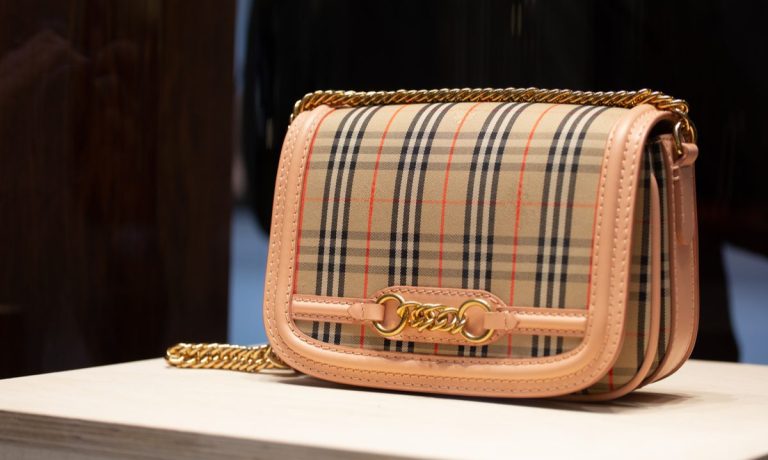
It may be Men’s Fashion Week in Paris right now, but for the rest of the retail world, it’s looking a lot more like luxury retail season.
This, in the wake of three separate high-end retail earnings reports this week, that have not only blown away estimates, but have shed new light on the mindset and consumption habits of the well-heeled during what was supposed to be a time of great uncertainty.
The exclusive designer brands were not only able to navigate the holiday headwinds that plagued the entire retail industry, but did so with pricing confidence and on the backs — or wallets — of younger consumers who wanted to trade up and splurge on something special, after nearly two years of holding back and saving.
“Full-price sales continued to grow at a double-digit percentage compared with two years ago, accelerating from the previous quarter and reflecting a higher quality business,” Burberry Group Chairman Gerry Murphy said of the U.K.-based company’s quarterly results for the 13 weeks that ended Dec. 25. “Our focus categories outerwear and leather goods performed strongly as we continued to attract new, younger consumers to the brand,” he added, despite the ongoing challenges of the external environment.
What’s interesting is that Burberry’s “higher quality business” saw its full-price sales rise 26% in the quarter versus comparable 2019 levels, while its total same-store sales slid 3% as a result of what the iconic plaid-patterned retailer said was its planned exit from markdowns at its stores and website.
And it’s not just Burberry on the up; French giant Richemont and Italy’s Prada Group also reported results this week, with sales up 38% and 41% respectively.
The fact is that luxury sales popped at a time when the latest measure of U.S. consumer shopping activity for the month of December delivered a surprise 1.9% slump last week for the most important period of the year.
A Moment of Luxury
To drive demand and engagement, Burberry, for example, cited a mix of innovations that helped it attract first-time buyers and drive double-digit full-price sales growth across all product categories, including renewed focus on “distinctive and meaningful storytelling and experiences,” a first-ever ad campaign dedicated to outerwear and a new store concept as well as a mix of digital and omnichannel innovations.
“We are seeing strong and increasing engagement with customers globally buying online as an outcome of enhancements we have made to the online purchase journey including greater personalisation,” Burberry’s said. Those efforts, it said, have led to strong customer adoption of omnichannel solutions, as well as a rise in bookings of store appointments, an initiative it said it is expanding to more stores and countries.
Prada also made note of its adaptive response to a changing consumer and economy, saying its significant increase in pre-tax earnings was supported by higher contribution from its retail channel as well as by full-price sales. At the same time, Prada said the “rationalization of the wholesale channel” would continue.
“2021 was a year full of challenges but we proved to be ready and quickly responded to the needs of an extremely dynamic market, putting in place actions that allowed us to understand changes in consumer behavior effectively,” Prada Group CEO Patrizio Bertelli said in a statement.
The portfolio of “Maisons” within the Richemont group also saw outsized demand and performance, with retail sales (+45%) leading on the channel level while Jewelry (+38%) and Fashion (+37%) delivering the strongest business-level performance.
“On a two-year basis, sales exceeded pre-Covid levels across all regions, channels and business areas,” Richemont said in its trading update, adding that its direct-to-consumer sales had further strengthened and now account for 78% of group revenue.
Richemont’s online distributors, including Yoox, Net a Porter, the Outnet and Watchfinder, also rode the lift in luxury, and saw sales rise 19% versus a year ago.